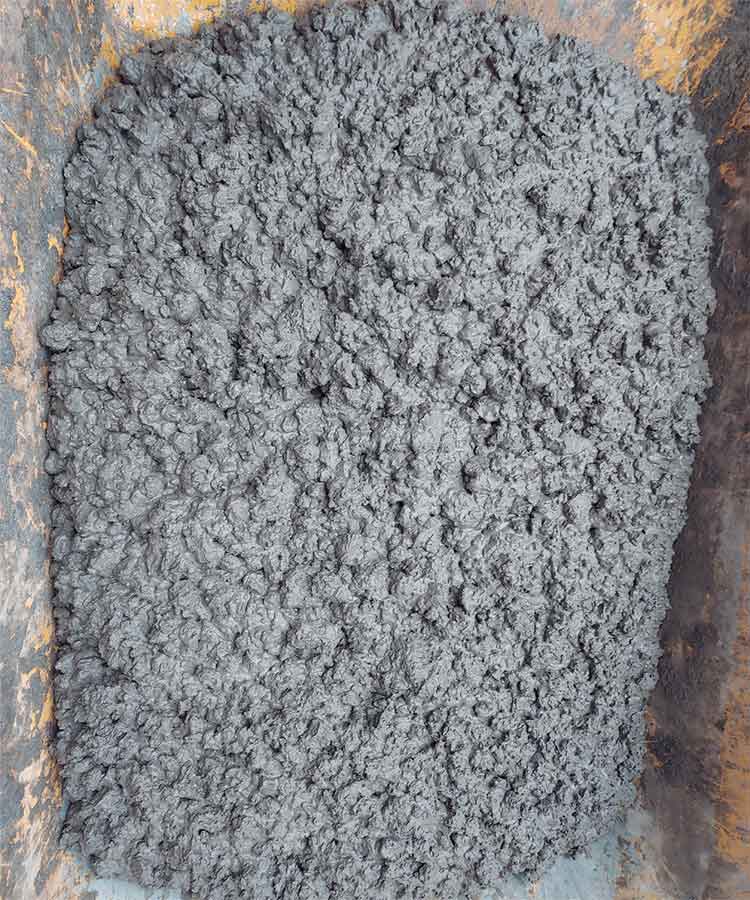VALCIM
USING INORGANIC WASTE STREAMS IN CIVIL ENGINEERING WATERPROOFING LAYERS
DIFFERENT CIRCULAR ECONOMY STRATEGIES AND PLANS ENCOURAGE THE SEARCH for alternatives to dumping such abundant by-products as white and black steelworks slag and swarf from municipal solid waste (MSW) recovery, construction and demolition waste (CDW) and foundry sands and fines. In view of this scenario, HORMOR, a company dedicated to produce prefabricated concrete elements and sale of steel aggregates for public works, building, urbanisation and paving, proposes the development of products for low-cost waterproof layers for civil works, optimising and characterising different products (gravel, gravel-cement and concrete), and using different contents of slag (black and white), filler, CDW fines and cement.

DRIVING FACTOR


 OBJECTIVES
OBJECTIVES
- Design, research and development of new VALCIM products by combining over 95% of strategic mineral streams.
- Analyse the mechanical and permeability properties of the different products and demonstrate their use in a real-life scenario, monitoring behaviour and leaching.
- Gain deeper knowledge of the cementing effect of recovered minerals (fine fractions of CDW, MSW slag and steel slag) to bind the remaining inert skeleton.
- Demonstrate technical and environmental feasibility of new products in a real-life scenario.
 RESULTS
RESULTS
- Laboratory development of 3 products intended for waterproofing and structural application: gravel, gravel-cement and concrete.
- Gravel: optimisation of bearing capacity (CBR) and permeability by means of different mixes using 30% white slag mix and up to 10% filler. The CBR reaches a value of 219, compared to 120 in previous tests; and waterproofing reaches a K=7.10-8 m/s after 4 days compared to K=4.17.10-7 m/s in previous results.
- Gravel-cement: obtaining mixtures with 15% white slag mix, 72% AS4/12, 14% AS11/22 and cement at 2, 3 and 4%.
- Concrete: dosed with 6% cement by weight, 22% white slag mix and 72% steel aggregates. A compressive strength of 19 MPa at 7 days is achieved by minimising the cement content.
- Environmental viability assessment of products developed in VALCIM by means of LCA comparing to similar products using virgin raw materials.
 CONCLUSIONS
CONCLUSIONS
- The added value of the waste streams studied has been demonstrated by the excellent technical results achieved in gravel areas (in terms of bearing capacity and waterproofing) and concrete (mechanical strength).
- However, concrete marketing requires a durability analysis.
- Application for permits and design of road sections to implement optimised gravel and gravel- cement.
ENVIRONMENTAL
TECHNICAL
ECONOMIC
COMMERCIAL
ON THE MARKET

